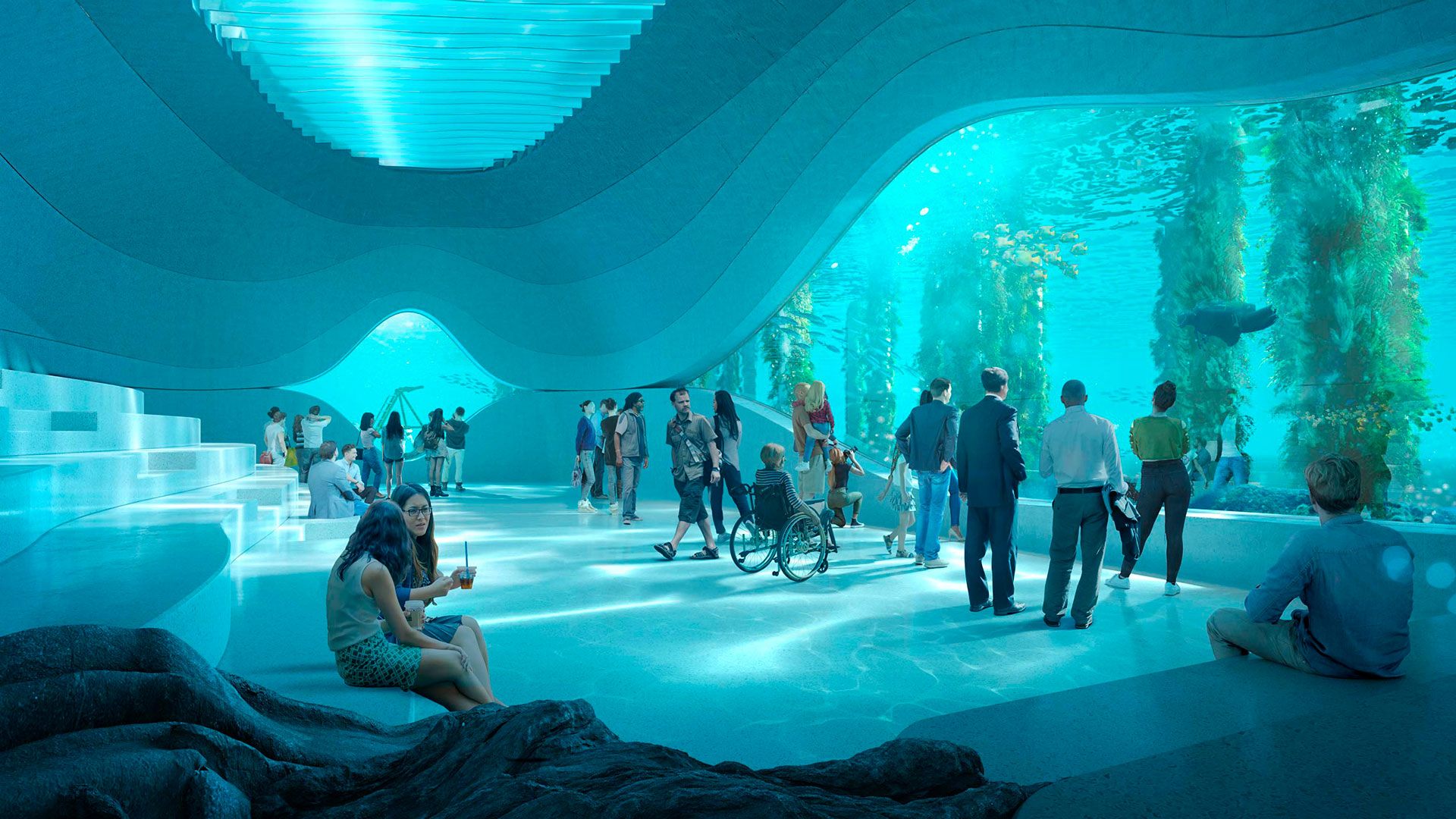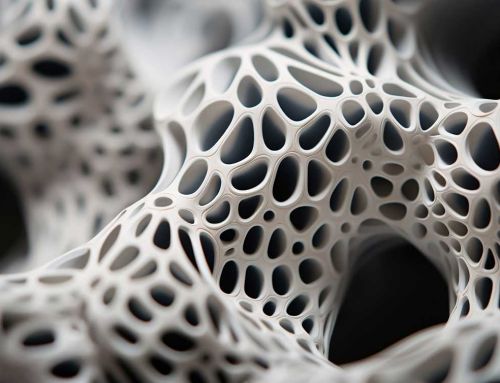
On the south-west coast of Australia, in the state of Western Australia, lies a tourist attraction that is as unique as it is unknown. It is Busselton Jetty, a jetty on wooden stilts that, at 1,841 metres long, is the longest in the southern hemisphere. Since its completion in 1865, the jetty has survived the weather, Cyclone Alby in 1978, several fires and the threat of demolition. The jetty is served by a railway line that takes tourists to the current Underwater Observatory, one of only six natural aquariums in the world. Busselton Jetty Inc, the non-profit organisation that manages the jetty, now plans to build the Australian Underwater Exploration Centre (AUDC), which will be the world’s largest natural marine observatory.

Baca Architects was the architectural firm selected by marine developers Subcon Blue Solutions to create the underwater complex. After submitting three alternative conceptual designs to the scrutiny of the local public, the chosen proposal resembles a whale emerging from the depths of the ocean. Covering an area of 900 m2, the centre will feature an underwater trail for viewing the ocean floor and facilities for visitors to enjoy a unique “dining experience“. According to Barry House, chairman of Busselton Jetty Inc, the AUDC “will be a catalyst for attracting people from all over the world, especially ocean lovers, to Western Australia”, explaining that “at its peak hours, people are being pushed out of the current observatory because it only holds 44 people per hour”. The new facilities are expected to increase the number of yearly visitors to more than 900,000.

With a planned investment of around 19 million euros, the construction of the AUDC will begin in mid-2021, with operations due to start at the end of 2022. Another interesting detail of the project is that the building will be constructed on land and then towed by sea in one piece to its final location at the end of the Busselton Jetty, where it will be submerged to rest on the seabed. Barry House anticipates that the opening of the marine centre will create 200 direct local jobs, and with the arrival in successive years of cafés, hotels, shops, bus lines and commercial agencies, thousands more indirect jobs. In addition, the marine research centre will promote environmental values, such as clean oceans and climate-change awareness, and encourage public interaction with the research carried out in its laboratory.
For those of you who would like find out more about the pier, you can visit their website at: Busselton Jetty Underwater Observatory.
Sources and images: Baca Architects, ArckDaily, Wikipedia.
RELATED STORIES
Newsletter



